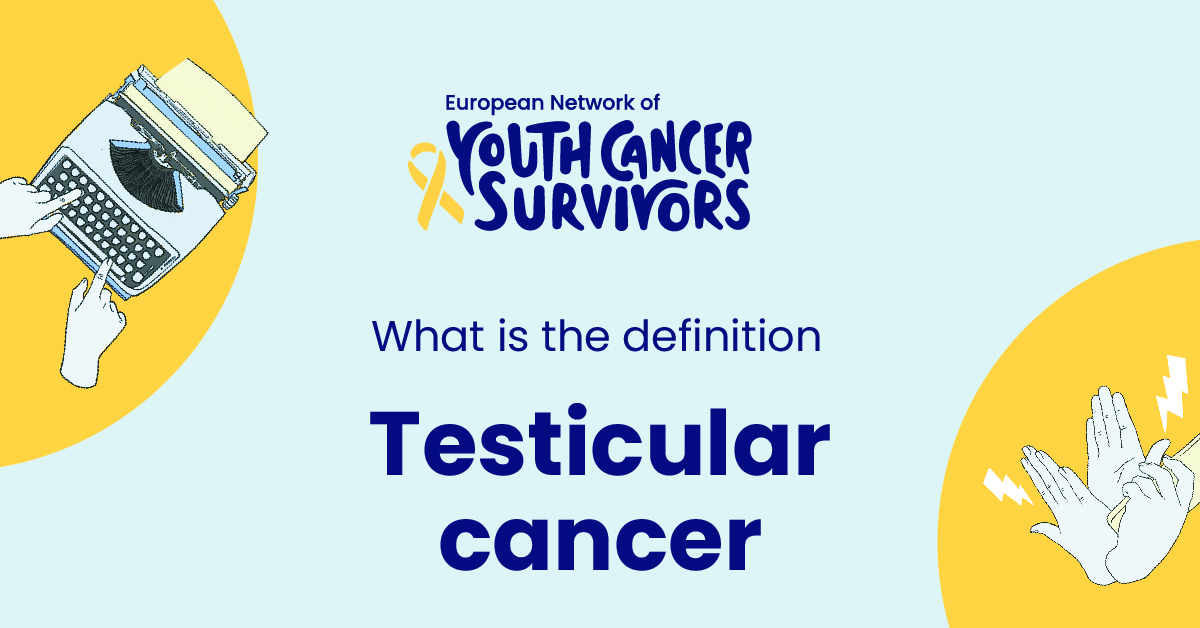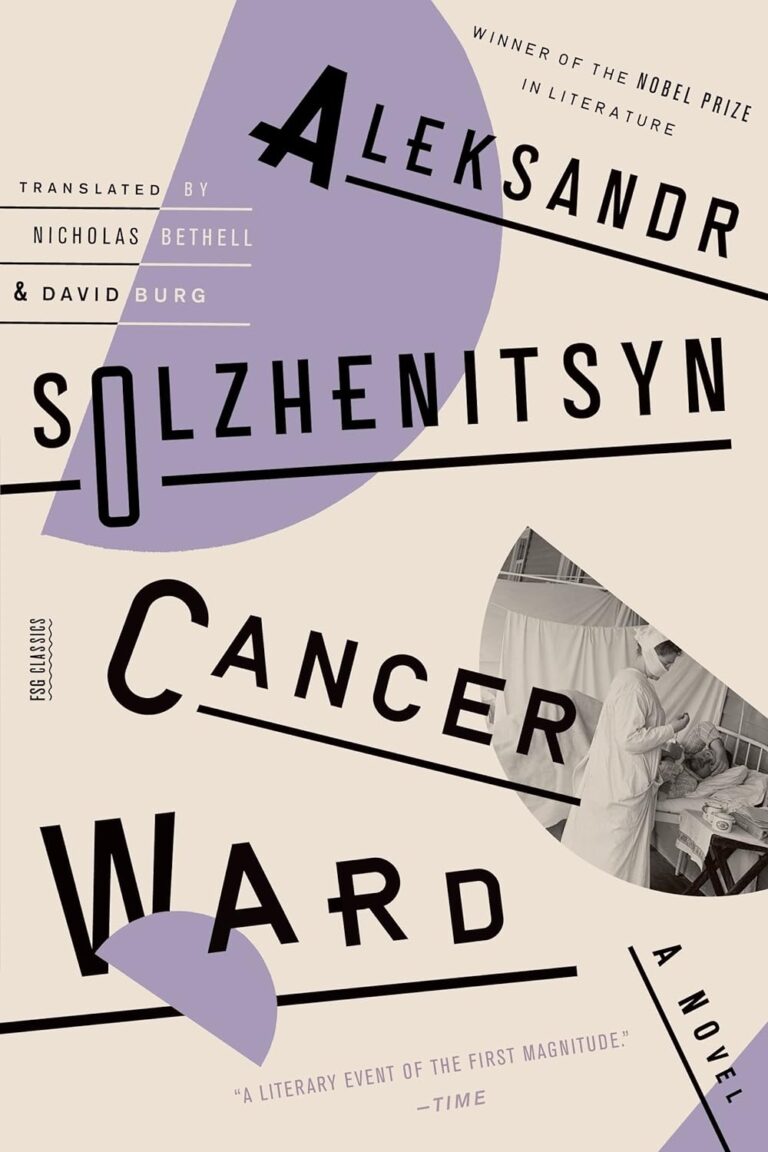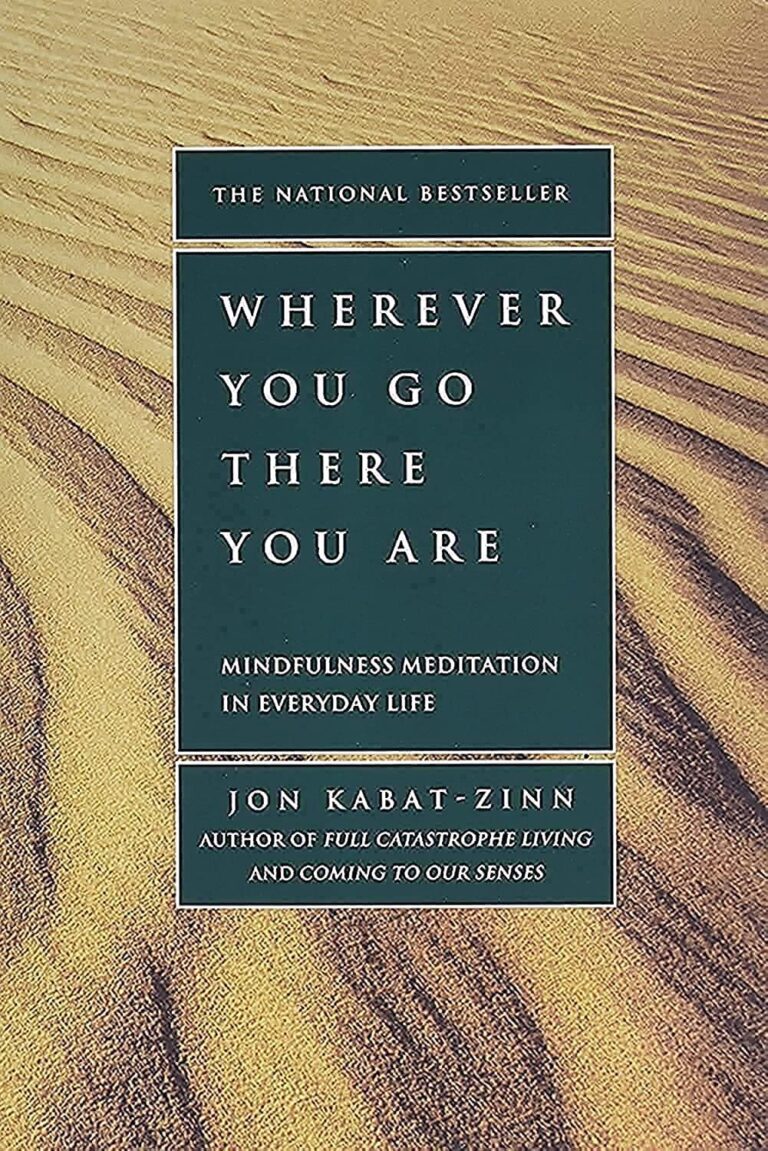
Testicular cancer, though not as common as other forms of cancer, is a serious health concern that often affects young and middle-aged men. Most cases are diagnosed early, allowing for effective treatments that improve prognosis. This article explores everything you need to know about testicular cancer – its types, risk factors, symptoms, diagnosis, treatment, and more.
Definition and Overview of Testicular Cancer
Testicular cancer occurs when cells within the testicles, the male reproductive glands responsible for the production of sperm and testosterone, start to grow uncontrollably, forming a tumor. The two testicles are encased within the scrotum, a loose bag of skin situated under the penis.
Importance and Purpose of Discussing Testicular Cancer
Because testicular cancer often affects men in their prime reproductive years, awareness is crucial. Understanding the risk factors, symptoms, and importance of early detection can help identify the disease at an early stage, ensuring more effective treatment and better survival rates.
Understanding What Testicular Cancer is
The Role and Function of the Testicles
The testicles have a dual function: they produce the male hormone testosterone, which drives the development of male characteristics and sexual growth, and produce sperm for reproduction.
Definition of Testicular Cancer and Its Development
Testicular cancer begins when normal cells in a testicle change and grow uncontrollably, forming a mass or tumor. These tumors can be benign (non-cancerous) or malignant (cancerous – can spread to other parts of the body).
Importance of Early Detection and Proper Diagnosis
Early detection increases the chances of successful treatment. Regular self-examinations and recognizing the symptoms can facilitate early detection and prompt medical intervention.
Common Types of Testicular Cancer
Seminomas and Non-Seminomas: Explanation and Differences
Seminomas and non-seminomas are the two main types of testicular cancer, and they behave and respond to treatment differently. Seminomas grow and spread slower and are responsive to radiation therapy, while non-seminomas are more aggressive but respond well to chemotherapy.
Rare Types of Testicular Cancer: Embryonal Carcinoma, Yolk Sac Carcinoma, and Teratoma
Embryonal carcinoma, yolk sac carcinoma, and teratoma are less common types of testicular cancer. They have different behaviours and response to treatment, which can influence treatment plans and prognosis.
Understanding How the Types Influence Treatment and Prognosis
The type of testicular cancer not only determines the treatment course but also influences the prognosis. Knowing the type helps to predict the possible course of the disease, allowing for tailored treatment strategies.
Get to know us better
If you are reading this, you are in the right place – we do not care who you are and what you do, press the button and follow discussions live

Causes and Risk Factors of Testicular Cancer
Known and Potential Genetic and Environmental Causes
It’s challenging to define an exact cause of testicular cancer, but both genetic and environmental factors seem to play a role. Having a family history of testicular cancer or being exposed to certain chemicals may increase the risk.
List of Common and Unusual Risk Factors
Common risk factors include undescended testicles, family history of testicular cancer, and history of testicular dysgenesis syndrome. Less common risk factors include HIV infection, body size, racial or ethnic background, and previous testicular cancer diagnosis.
Importance of Understanding Risk Factors in Prevention and Early Detection
Understanding risk factors is crucial for prevention and early detection efforts. Men with high-risk factors should be more vigilant, conduct regular self-examinations and seek immediate medical care if any abnormalities are noticed.
Symptoms and Signs of Testicular Cancer
Common Symptoms and How They Manifest
Typically, the first sign of testicular cancer is often a lump or swelling in the testicle. Other common symptoms include testicular pain or discomfort, a feeling of heaviness in the scrotum, and sudden collection of fluid in the scrotum.
Less Common Indicators of Testicular Cancer
Some men might experience symptoms like lower back pain, shortness of breath, chest pain, and bloody sputum, which can indicate the cancer has spread to other parts of the body.
Understanding the Variability and Unpredictability of Symptoms
The symptoms of testicular cancer can vary widely among individuals. Some symptoms develop slowly, while others appear suddenly. It’s crucial to remember that these symptoms can also be caused by other, less serious conditions. Thus, prompt medical evaluation is essential when any of these symptoms are noticed.
Diagnosis and Treatment of Testicular Cancer
Diagnosis Methods: Physical Examination, Ultrasound, Blood Tests
Testicular cancer diagnosis usually involves a physical examination, ultrasound, and blood tests. A doctor might also recommend a biopsy or surgical removal of the testicle for close examination.
Treatment Options: Surgery, Radiation Therapy, Chemotherapy, and Surveillance
Treatment for testicular cancer typically involves surgery to remove the affected testicle (orchiectomy). Other treatment options include radiation therapy, chemotherapy, or surveillance (regular check-ups and tests to monitor the disease).
Long-term Prognosis and Recovery
Testicular cancer is one of the most treatable types of cancer, with a high cure rate, especially when detected early. Long-term prognosis depends on the type and stage of the cancer, the patient’s overall health, and the quality of treatment received.
Living with Testicular Cancer
The Emotional and Physical Effects Post Diagnosis
Living with testicular cancer can have profound emotional and physical effects. Men may struggle with issues related to body image, sexual function, and fertility. Furthermore, treatments like chemotherapy can lead to physical side effects such as fatigue, hair loss, and nausea.
Importance of Support Networks, Counselling, and Mental Health
Support networks, like family, friends, support groups and mental health professionals, can provide much-needed emotional support for men dealing with testicular cancer. Mental health is just as important as physical health, and counselling can aid in managing depression, anxiety, and other mental health issues that may accompany the diagnosis.
Lifestyle Adaptations and Changes
Lifestyle modifications, such as adopting a healthy diet, regular exercise, quitting smoking, and limiting alcohol consumption, can aid in recovery and may reduce the risk of recurrence.
Conclusion
Key Points in Understanding Testicular Cancer
Understanding testicular cancer means being aware of its risks, symptoms, detection methods, and treatments. Regular self-examinations and immediate action when symptoms are noticed can save lives. It’s also essential to remember that mental health matters just as much as physical health in this journey.
Encouragement for Regular Testing and Staying Informed
Regular testicular self-examinations and seeking medical advice promptly when symptoms appear is essential. Stay informed about the latest research, treatments, and advice from healthcare professionals. With early detection, the likelihood of curing testicular cancer is very high.
FAQs about Testicular Cancer
- What age does testicular cancer usually affect?
Testicular cancer most commonly affects men between the ages of 15 and 35. However, it can occur at any age.
- What are the early signs of testicular cancer?
Early signs include a painless lump in the testicle, testicular pain or discomfort, a feeling of heaviness in the scrotum and a sudden collection of fluid in the scrotum.
- Can testicular cancer be cured completely?
Yes, testicular cancer has one of the highest cure rates of all cancers. With early detection and treatment, more than 95% of men are completely cured.
- How does testicular cancer affect fertility?
Testicular cancer itself doesn’t cause infertility, but treatments like surgery and chemotherapy can affect sperm production and fertility. Men who wish to have children should consider sperm banking before treatment.
- What follow-up care is required for someone who’s been treated for testicular cancer?
Regular follow-up visits are necessary to check for cancer recurrence. These include physical exams, blood tests, and imaging tests. Patients should also report any new symptoms to their doctor.

















Comments
Thank you. Comment sent for approval.
Something is wrong, try again later